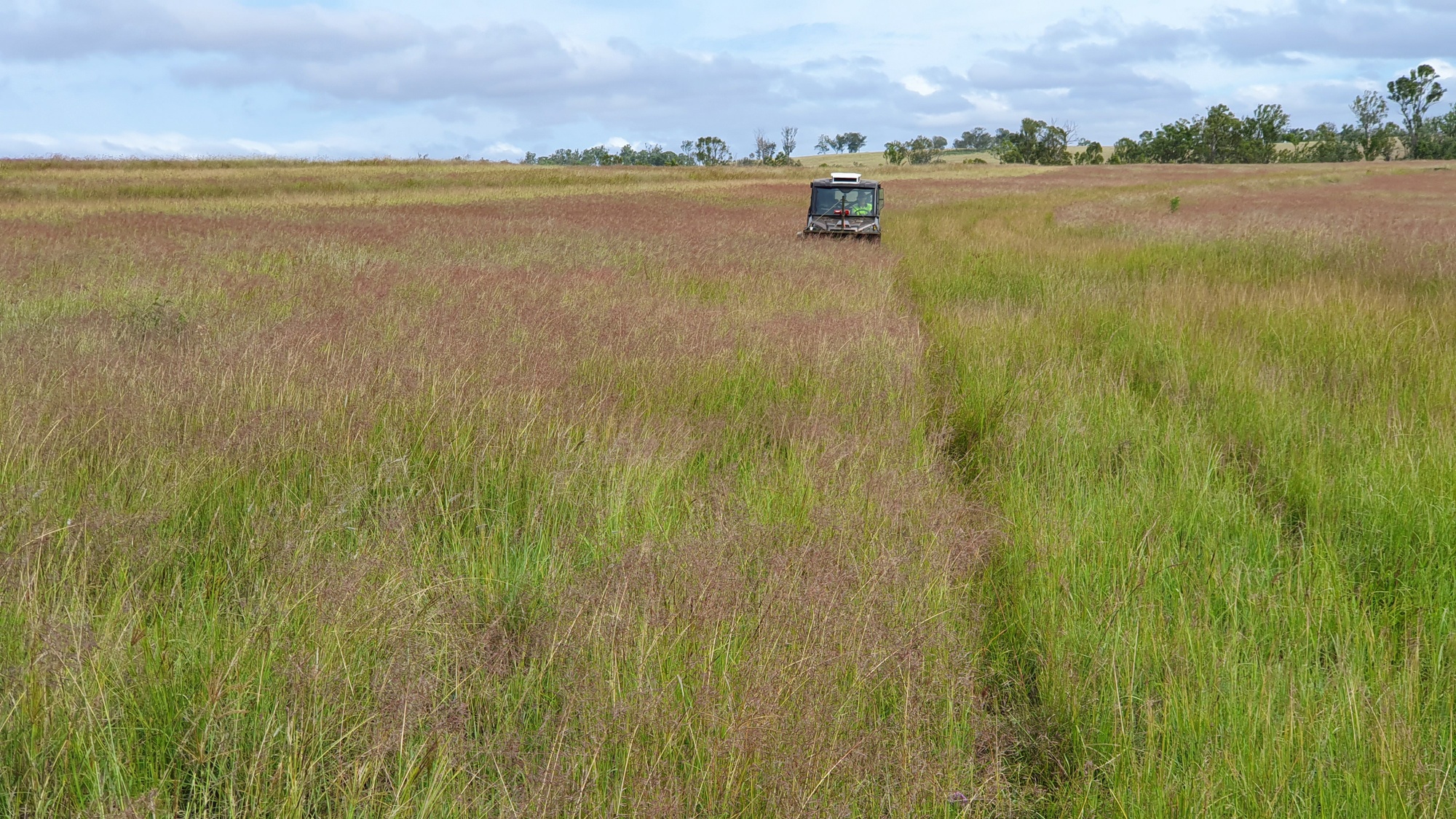Plant Profiles
Plant Categories
Subshrub
Trailing herb
Annual
Annual or Short-Lived Perrenial
Prostrate Shrub
Graminoid
Vine
Forb
Nitrogen Fixer
Grass
Tree
Shrub
Sedge
Wattle
Show All
14Genera
Acacia
Allocasuarina
Alphitonia
Alstonia
Angophora
Archidendropsis
Aristida
Arundinella
Astrebla
Atalaya
Atriplex
Austrosteenisia
Austrostipa
Banksia
Baumea
Bolboschoenus
Boronia
Bothriochloa
Brachychiton
Breynia
Callitris
Calotis
Capillipedium
Carissa
Cassia
Cassine
Cassinia
Casuarina
Chloris
Chrysocephalum
Chrysopogon
Clerodendrum
Corymbia
Crotalaria
Cymbopogon
Daviesia
Denhamia
Derris
Dichanthium
Dodonaea
Einadia
Enchylaena
Enteropogon
Eragrostis
Eremophila
Eriochloa
Erythrina
Erythroxylum
Eucalyptus
Eustrephus
Fimbristylis
Flindersia
Gahnia
Geijera
Grewia
Hardenbergia
Heteropogon
Hovea
Imperata
Indigofera
Jacksonia
Jasminum
Juncus
Kennedia
Lepidosperma
Lomandra
Lophostemon
Ludwigia
Lysiphyllum
Maireana
Melaleuca
Melia
Myoporum
Notelaea
Owenia
Pandorea
Panicum
Parsonsia
Paspalidium
Petalostigma
Petalostylis
Pittosporum
Podolobium
Pomax
Psydrax
Pterocaulon
Ptilotus
Pultenaea
Rhagodia
Rhodosphaera
Rhynchosia
Sarga
Schoenoplectiella
Schoenoplectus
Senna
Sida
Solanum
Sporobolus
Swainsona
Syncarpia
Themeda
Trema
Vachellia
Ventilago
Vittadinia
Show All
105Corymbia terminalis
| Categories | Tree |
| Common Name(s) | Tjuta , Joolta, Desert Bloodwood |
| Family | Myrtaceae |
Description
"Tree to 18 m tall, or rarely a mallee. Forming a lignotuber. Bark rough on part or all of trunk, sometimes extending to the larger branches but not uncommonly on lower trunk only, tessellated, light brown to light grey or, where flakes have recently shed, reddish, pink or orange; bark of larger limbs may be rough or smooth; smooth bark whitish or cream." (Euclid, 4th Ed.)
Notes
A sizeable body of notes covering this taxon appear in Euclid, 4th Ed. which should be studied. There are a several Corymbia species which may be confused with C. terminalis. The tree is very approachable where we have observed it, especially from Mount Isa to Cloncurry and near Hughenden and Prairie further east. Flowering of C. terminalis is obvious from distances whilst travelling roads. The seed often becomes available a short time after wattles finish fruiting in Spring.
Historical Notes
Distribution
"Widespread from southern Arnhem Land and south of the Gulf of Carpentaria to arid central Australia including north-western New South Wales, a large part of western and central Queensland extending to north of Charters Towers and Chillagoe, northern South Australia, Gibson Desert in Western Australia; in central desert country usually on plains adjacent to E. chippendalei on the dunes." (Brooker, M.I.H., and Kleinig, D.A., 2004)
References and Related Links
EUCLID Eucalypts of Australia Edition 4 (2015, internet based, hosted by the Atlas of Living Australia). Date accessed: Oct 23, 2019.
